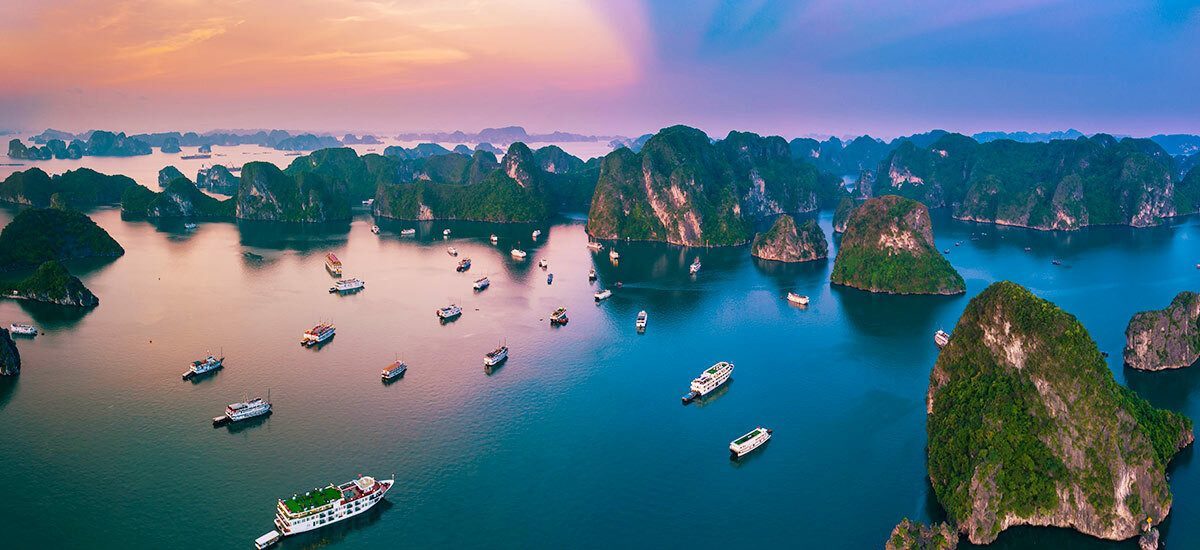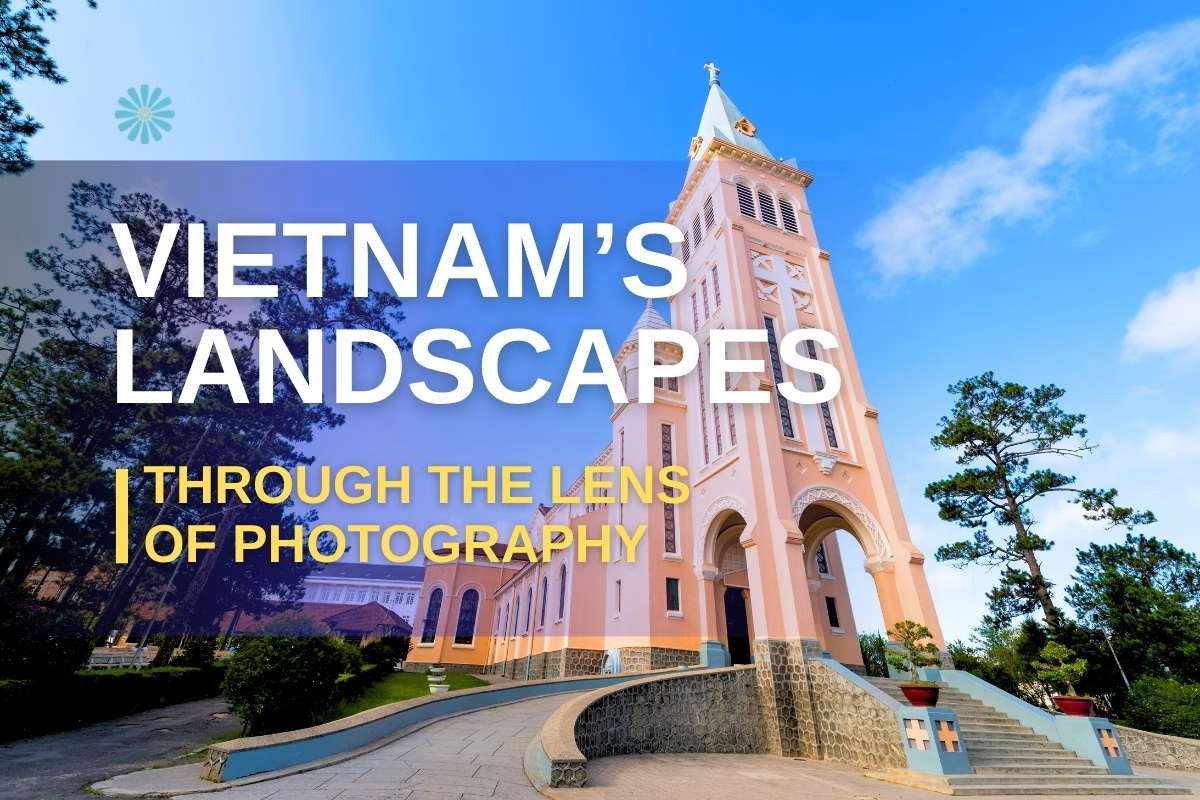Vietnam’s Landscapes Through the Lens of Photography
Vietnam, a slender S-shaped land, is a vibrant canvas of nature, where each region offers a unique beauty waiting to be captured through travel photography. From the rolling tea hills of Da Lat to the rugged stone paths of Ha Giang, and the pristine beaches of Phu Quoc, Vietnam’s landscapes are an endless source of inspiration. This article suggests stunning natural spots for photography and helpful tips to preserve the beauty of Vietnam tourism in every frame.
Da Lat: A Dreamy City in Nature
Stunning Natural Spots for Photography
Da Lat, the city of flowers, is a paradise for travel photography with its poetic natural beauty. Xuan Huong Lake, the heart of the city, sparkles under the morning light, perfect for capturing serene reflections of clouds and sky. Cau Dat Tea Hill, about 25 km from the center, offers a sweeping view of green tea fields curving like waves, especially striking when mist blankets the hills at dawn.
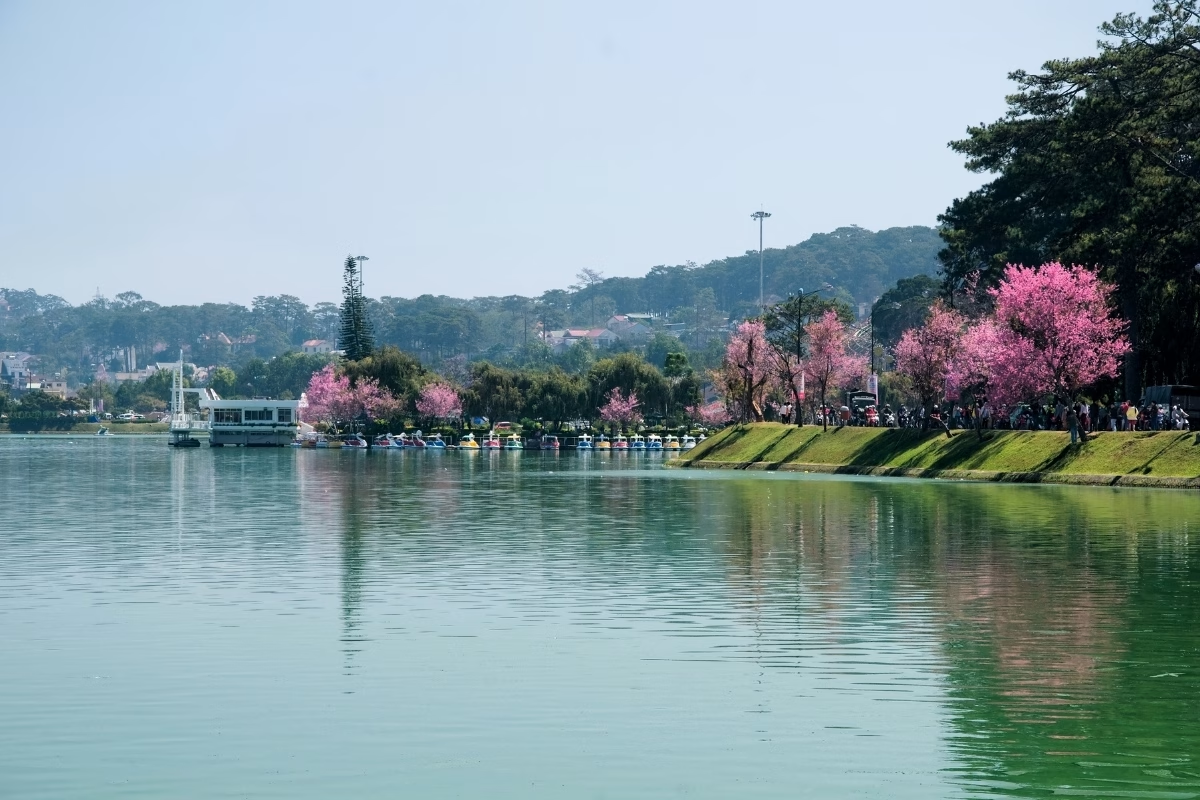
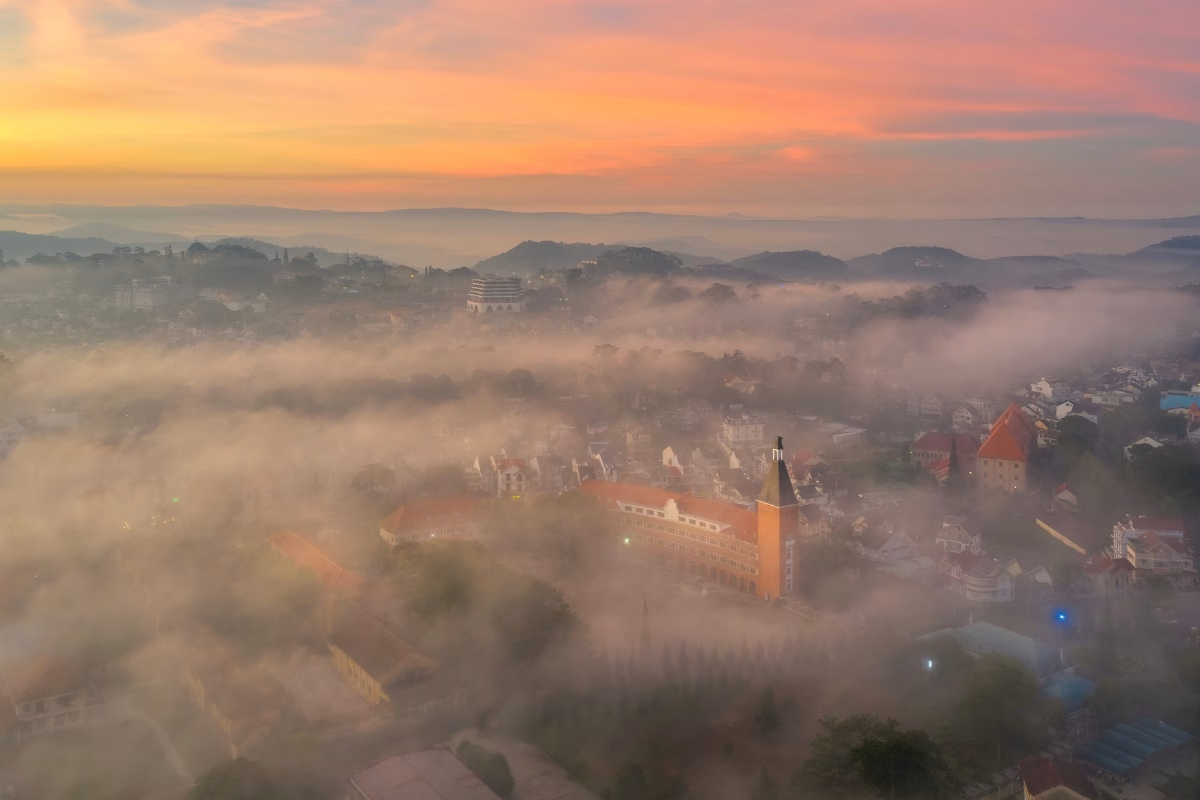
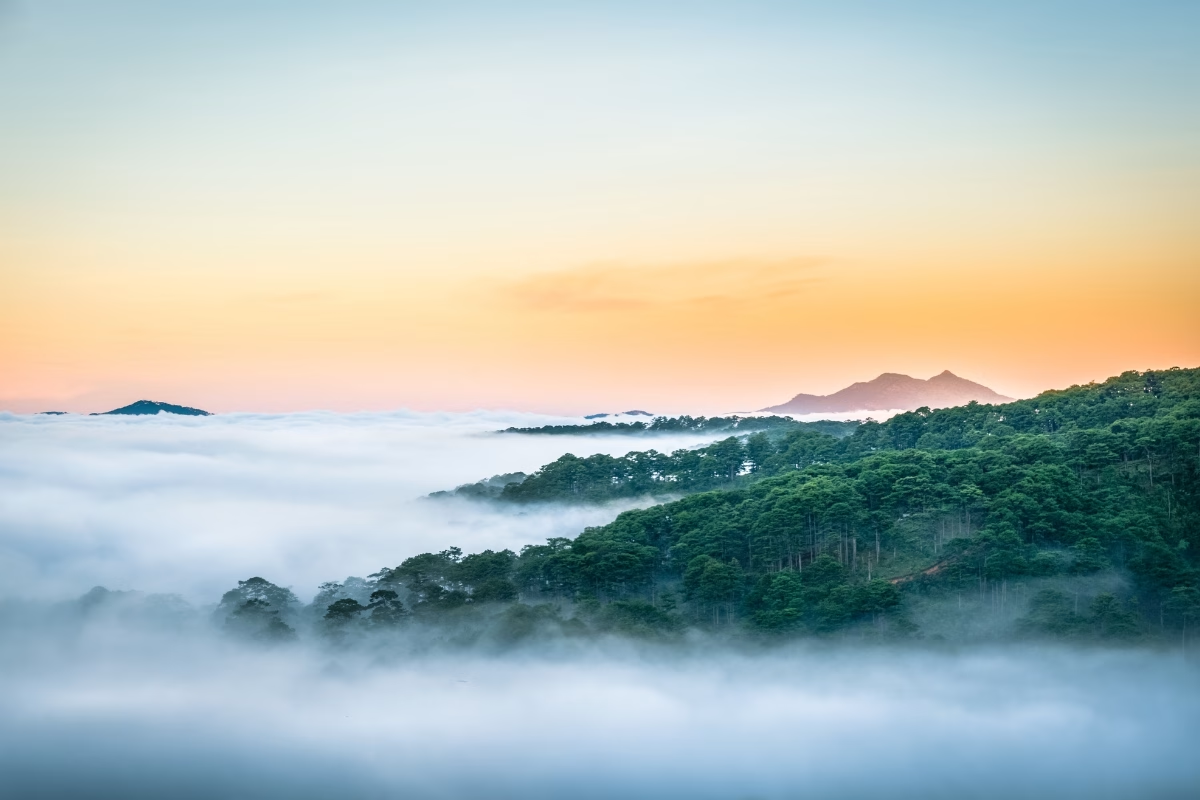

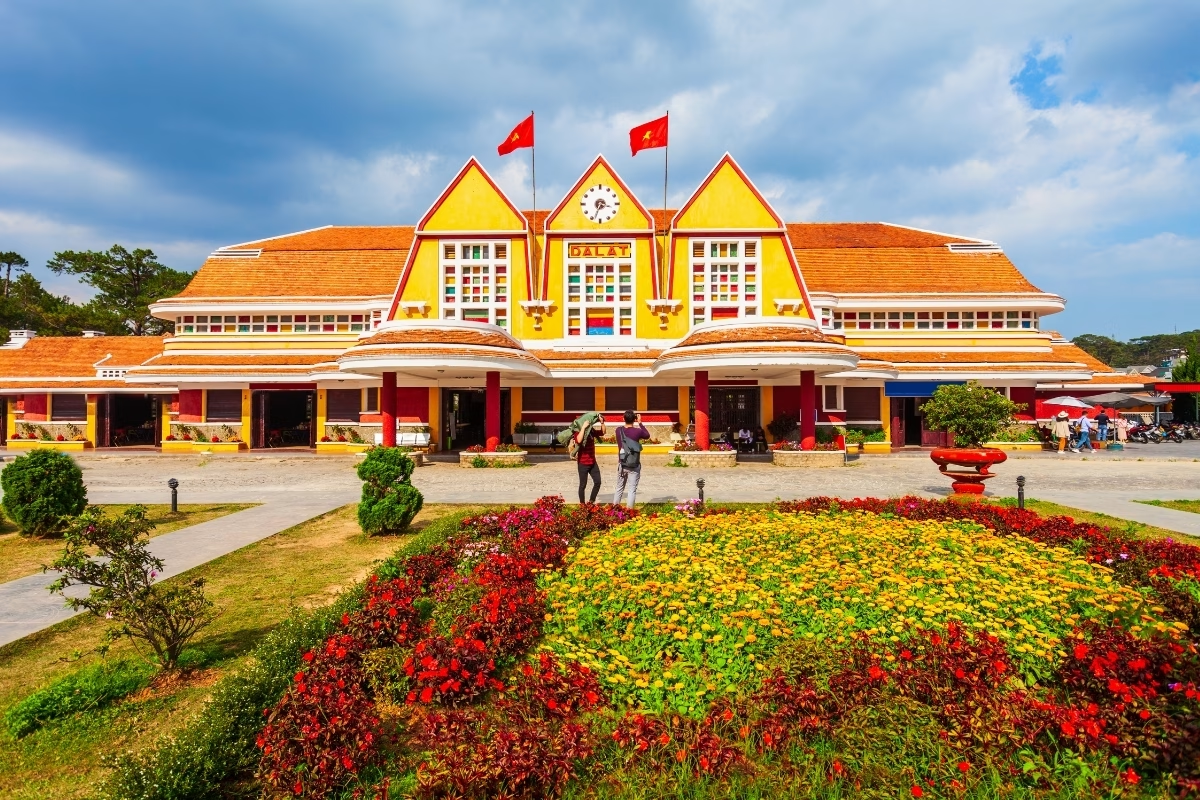
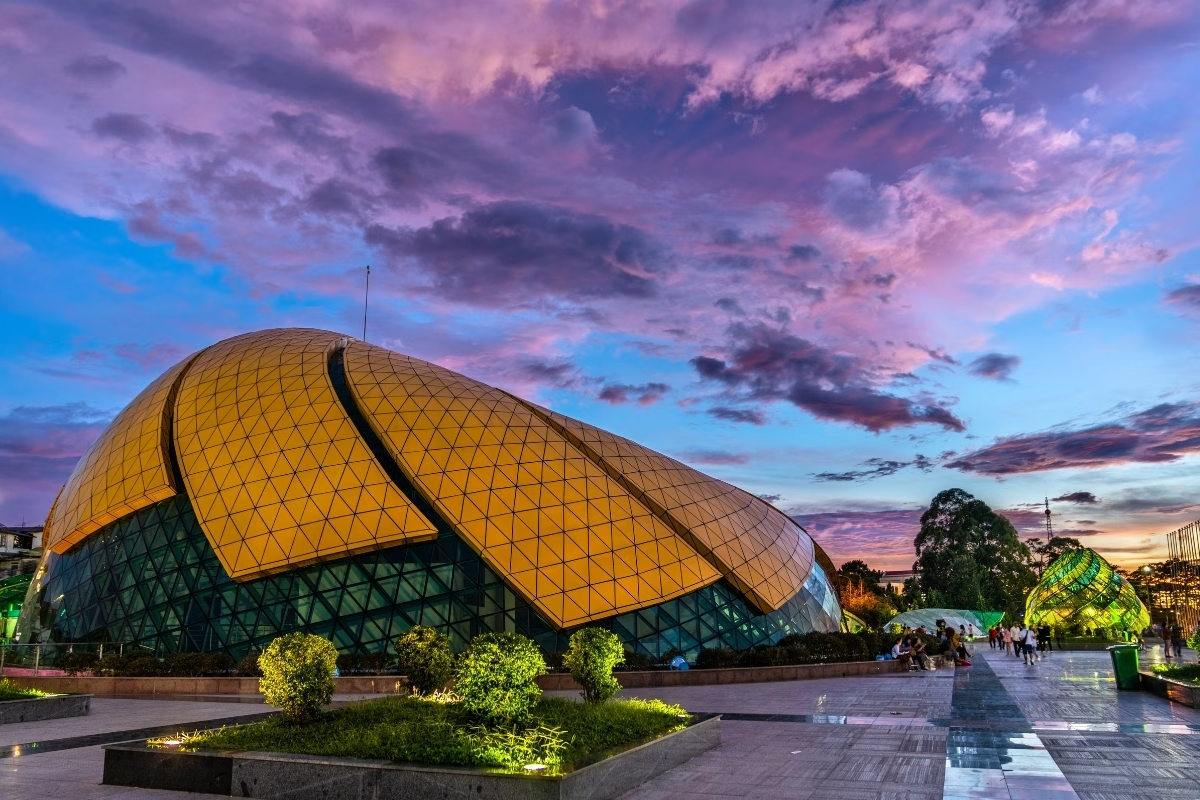
The lone pine tree by Dan Kia – Suoi Vang Lake is a Da Lat icon, where the sunrise behind the pines creates a magical scene. Da Phu Hill, with its gentle slopes and drifting clouds, provides a grand backdrop, like a story told through light and wind.
Tips for Photographing Da Lat
To capture Da Lat’s beauty, shoot at sunrise or sunset when the light is soft and colors are vibrant. Try low-angle shots to highlight wildflowers or dewdrops on leaves. Wearing soft colors like white or pastel blends beautifully with Da Lat’s dreamy landscapes, making your photos more captivating.
Ha Giang: The Majestic Beauty of Mountains
Spots for Striking Natural Shots
Ha Giang, at Vietnam’s northern frontier, showcases Vietnam’s landscapes with raw, majestic beauty. Ma Pi Leng Pass, one of the “four great passes,” offers breathtaking views of the Nho Que River’s jade-green waters winding through towering limestone peaks, best captured when sunlight pierces the clouds. Dong Van Karst Plateau, with its massive gray stones, terraced fields, and blooming buckwheat flowers from October to November, is a must for striking nature shots.
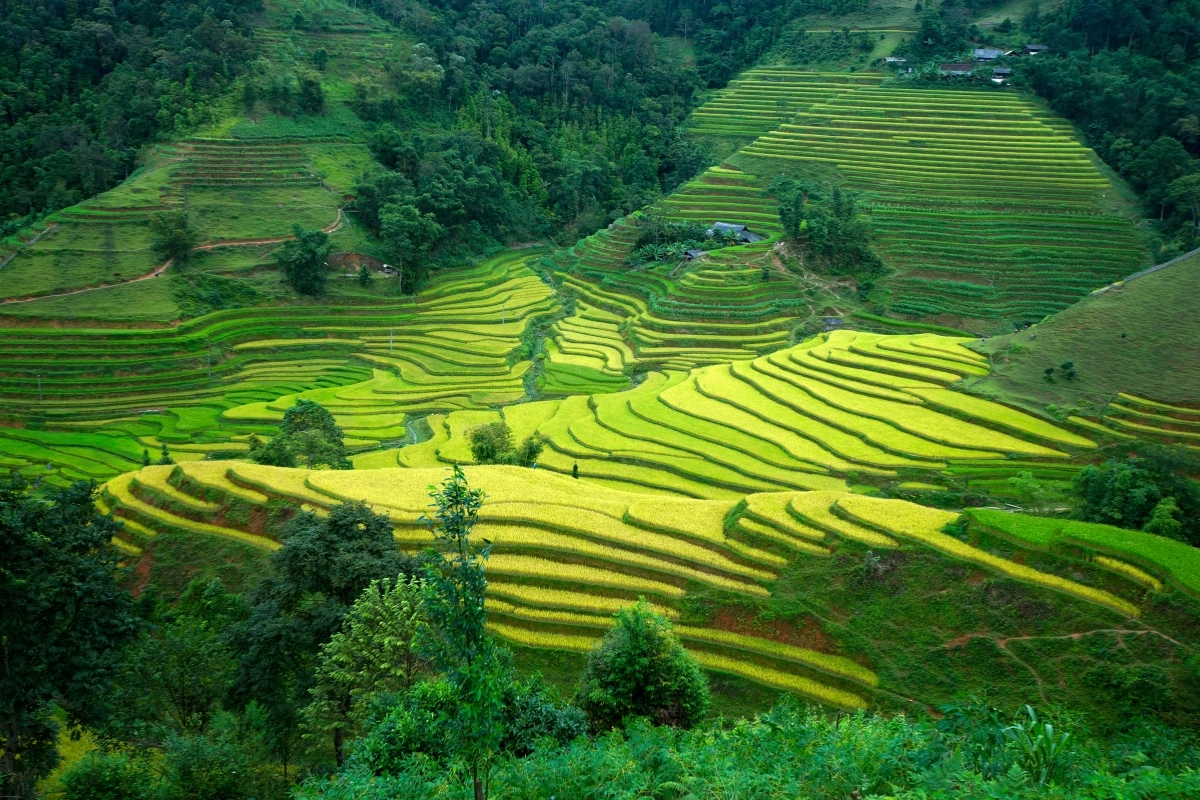
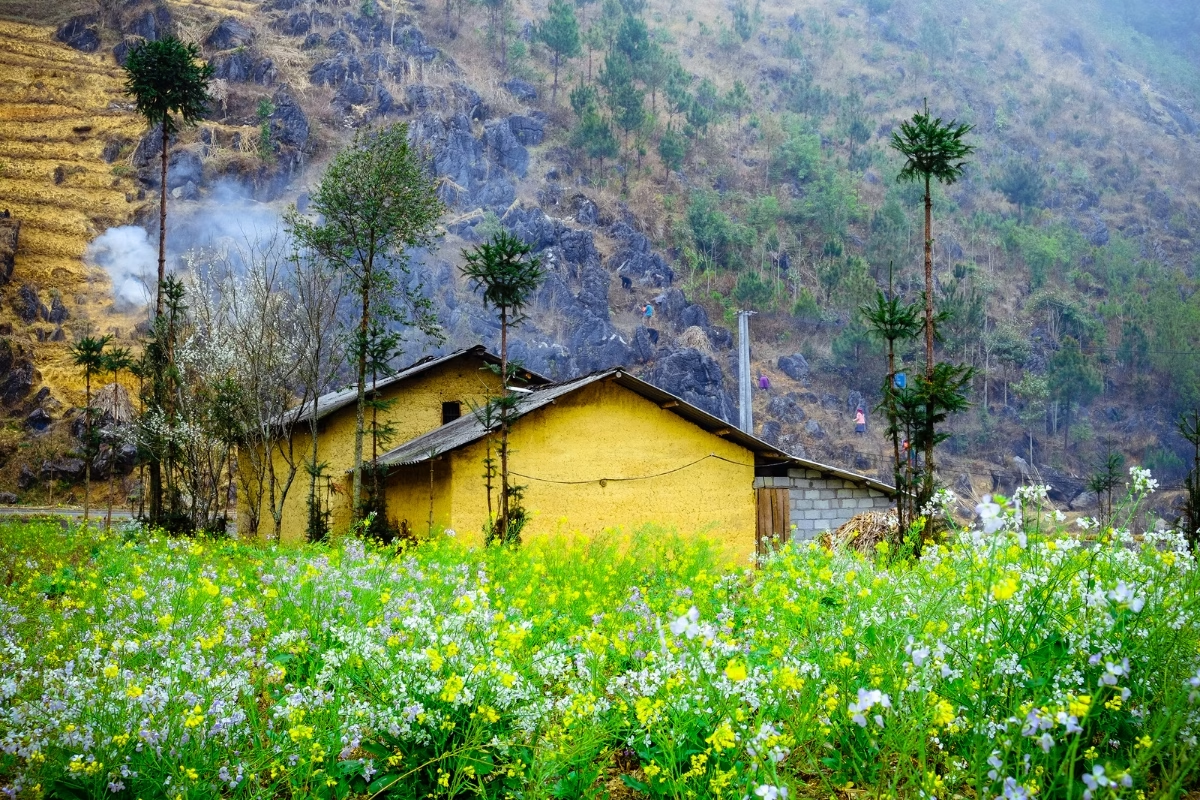
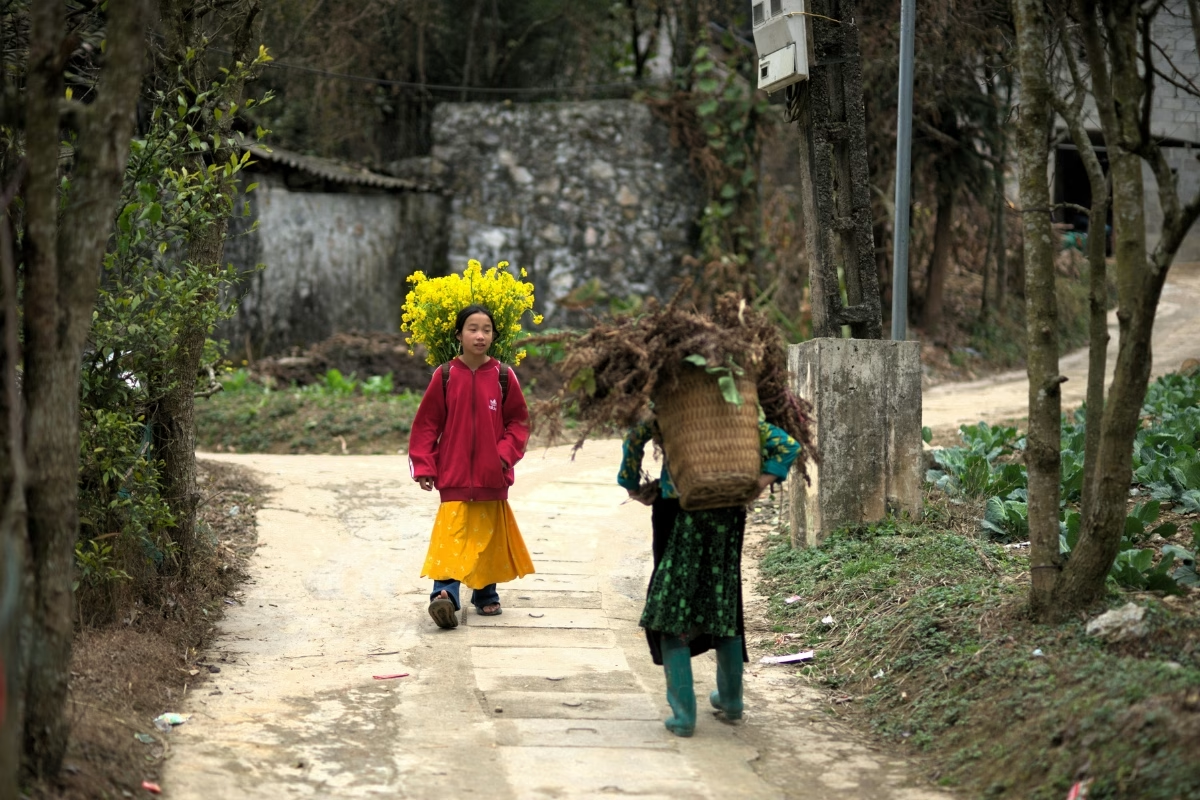
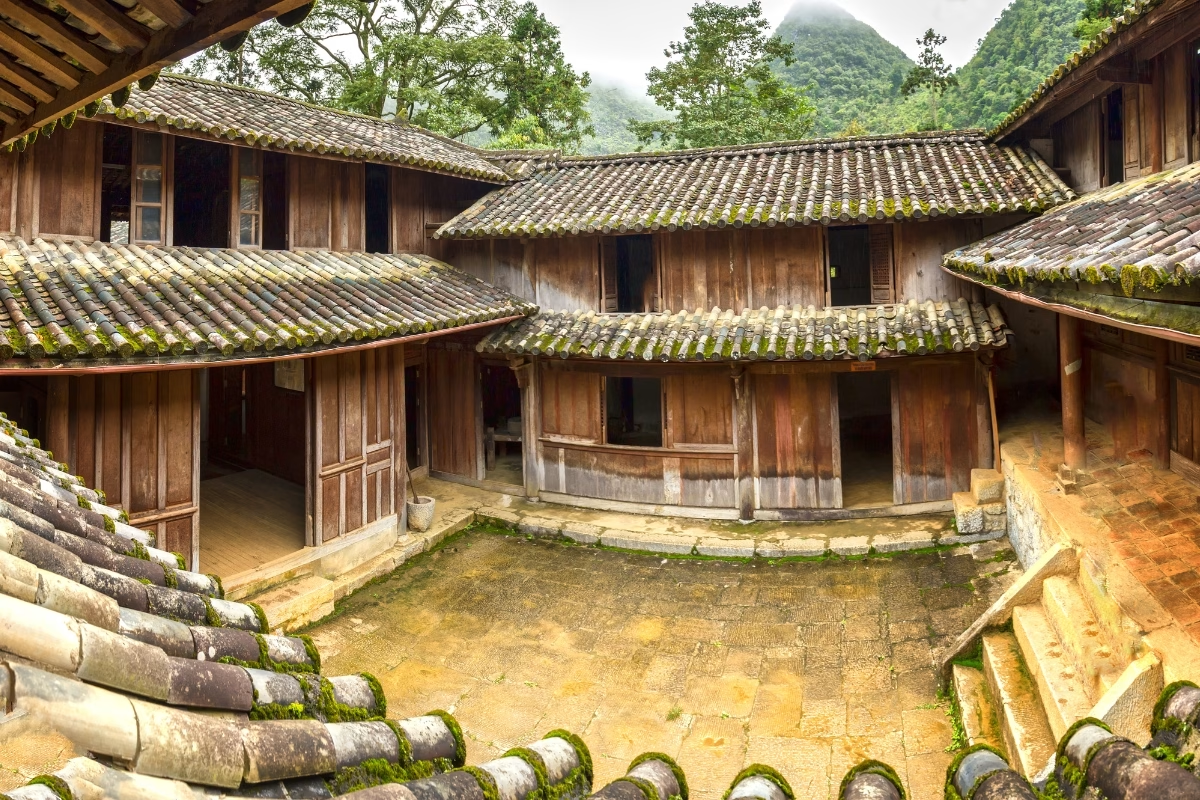
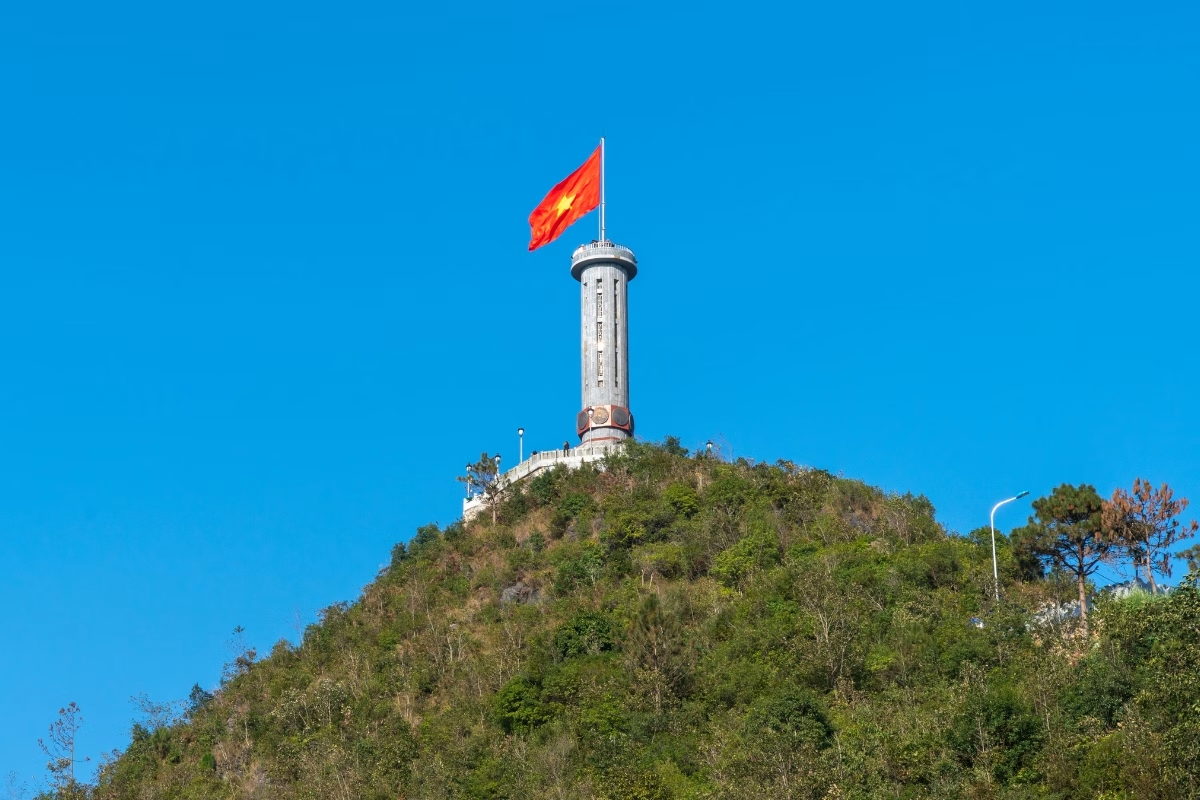
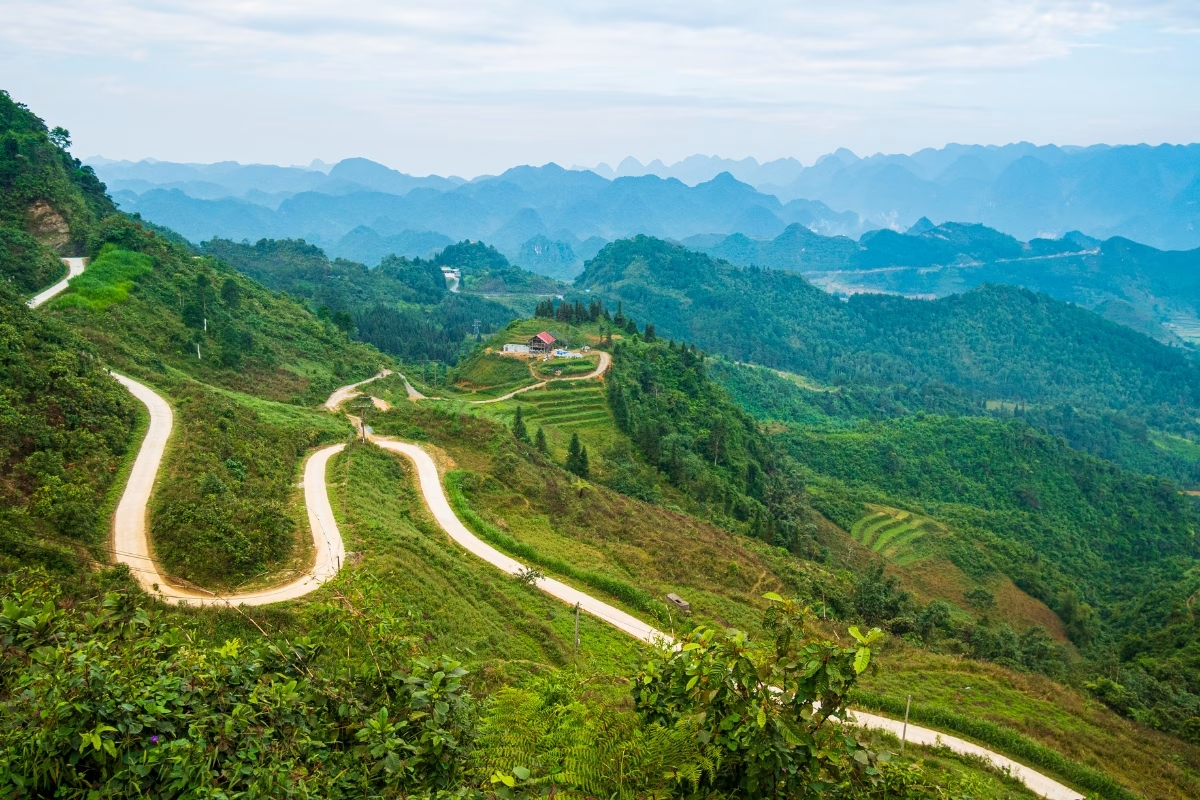
Lung Cam Cultural Village, featured in Pao’s Story, offers a rustic mountain setting with green hills and misty peaks, ideal for blending cultural tourism with natural beauty in your photos.
Tips for Photographing Ha Giang
Ha Giang’s light shifts quickly, so shoot in the early morning or late afternoon for soft, warm tones that highlight the mountains and flowers. High vantage points, like lookout spots on the pass, capture the grandeur of the landscape. Bright clothing, like red or yellow, adds a pop of color against the rugged terrain.
Phu Quoc: A Tropical Island Paradise
Blue Seas and White Sands in Frame
Phu Quoc, Vietnam’s pearl island, is a haven for travel photography with its pristine coastal nature. Sao Beach, with its powdery white sand and turquoise waters, is perfect for capturing vibrant sunsets, as the sky glows orange. Rach Vem, a small beach with starfish peeking through clear waters, offers a tranquil scene, like a secret of the sea.
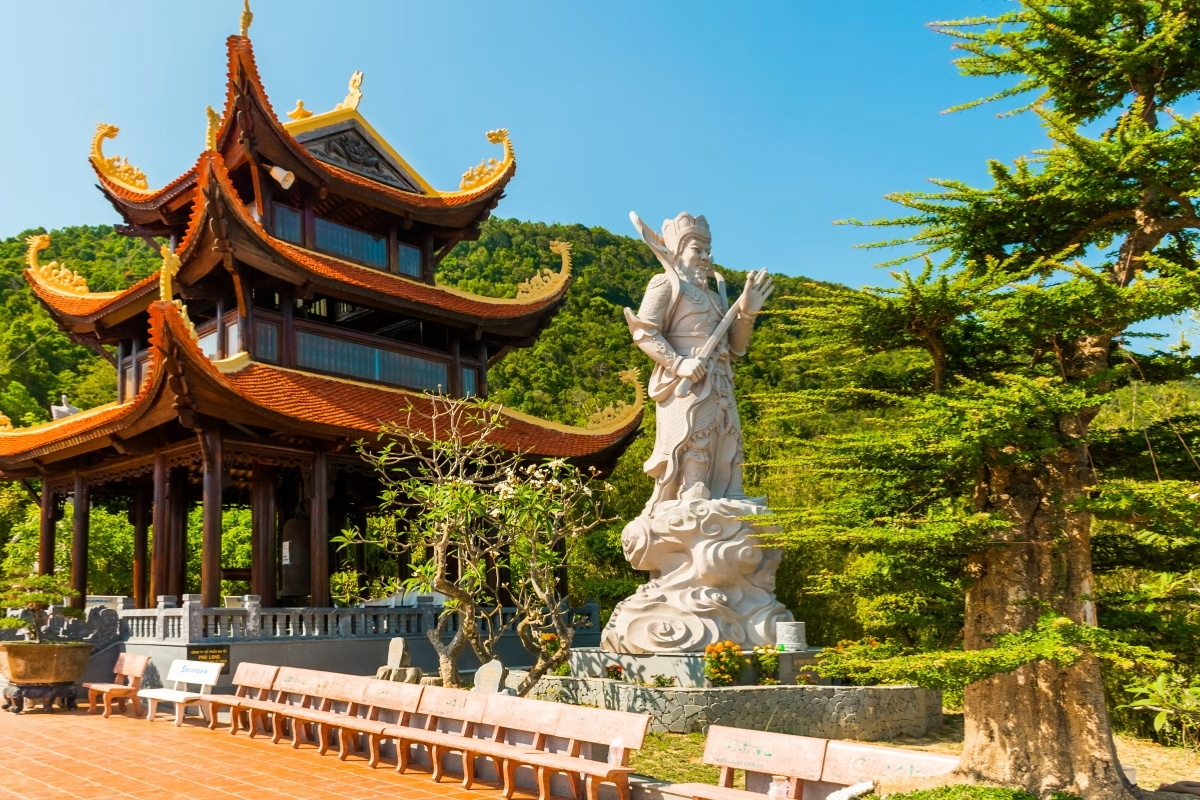
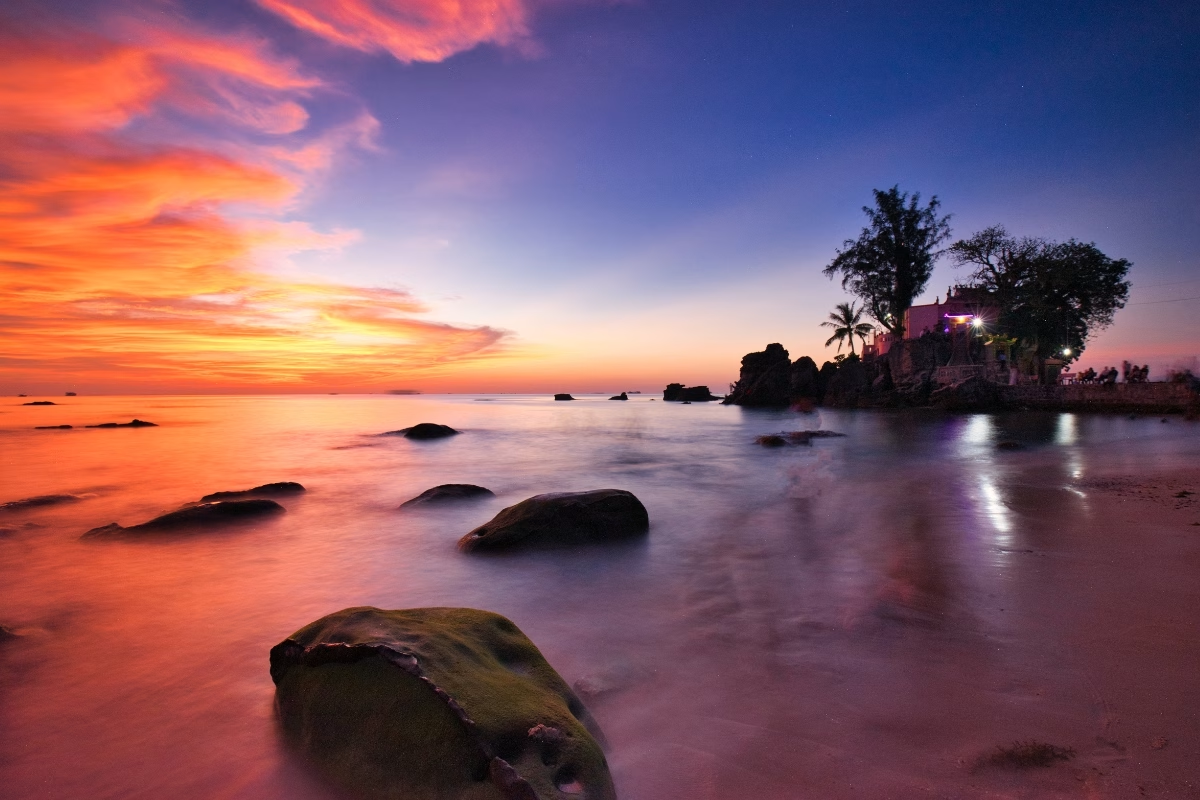
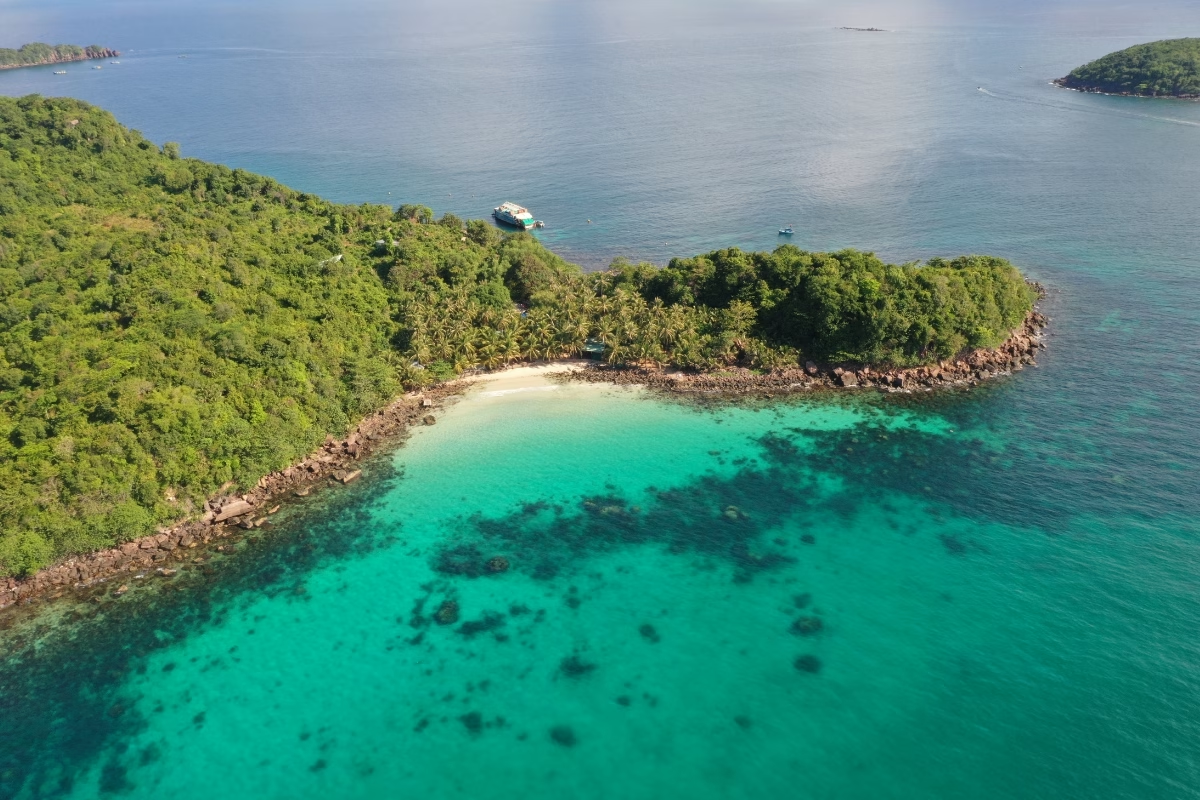
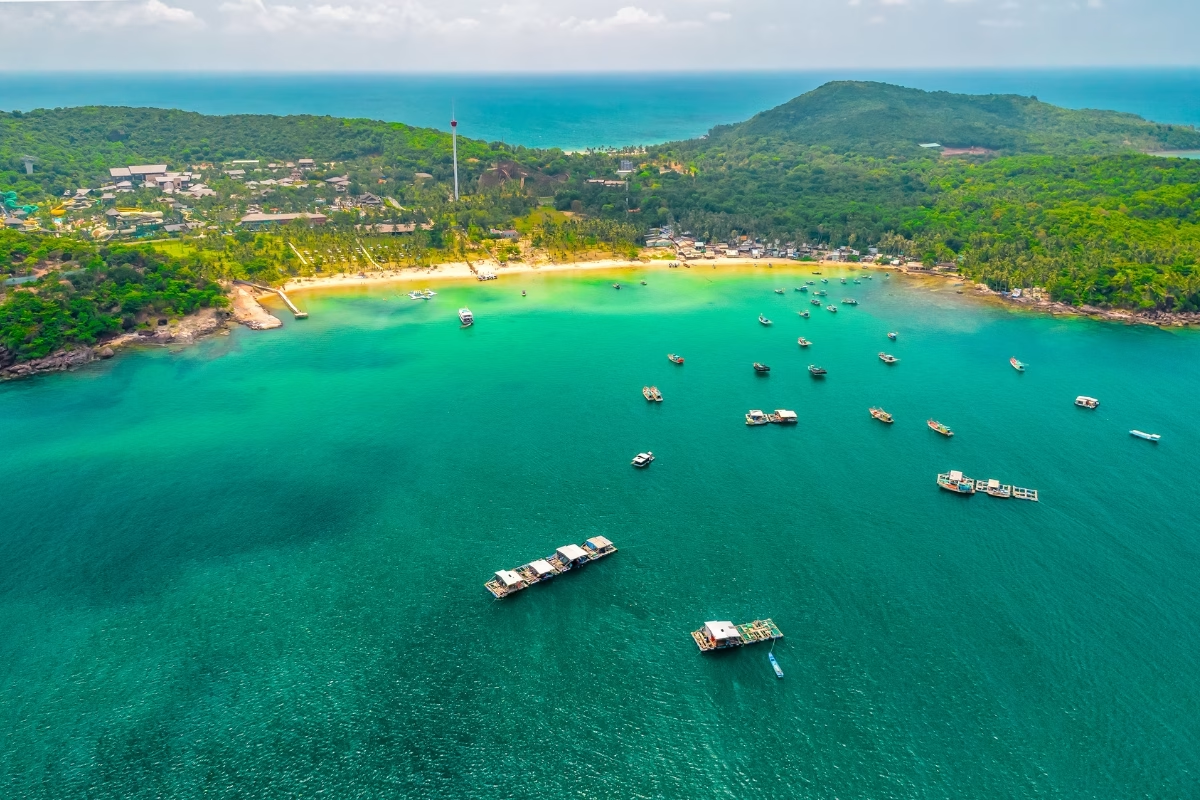
Hon Thom, with its colorful coral reefs and crystal waters, is a gem for photographing tropical beauty under glowing sunlight. These shots burst with freshness, inviting viewers to explore the ocean’s wonders.
Tips for Photographing Phu Quoc
Shoot in the early morning to catch gentle light filtering through the sea. Angles from the water’s edge emphasize the white sand and waves. Light-colored clothing, like sea blue or white, blends seamlessly with the island’s scenery, creating harmonious photos.
Con Dao: Pristine Beauty of the Sea
Wild Nature in Every Shot
Con Dao, a remote southern archipelago, reveals Vietnam’s landscapes in their untouched glory. Bai Nhat, with its white sand and scattered boulders, shines at sunset when the sky turns fiery red. Dam Tre Bay, surrounded by mangroves and clear waters, is ideal for capturing seabirds soaring or sunlight filtering through trees.

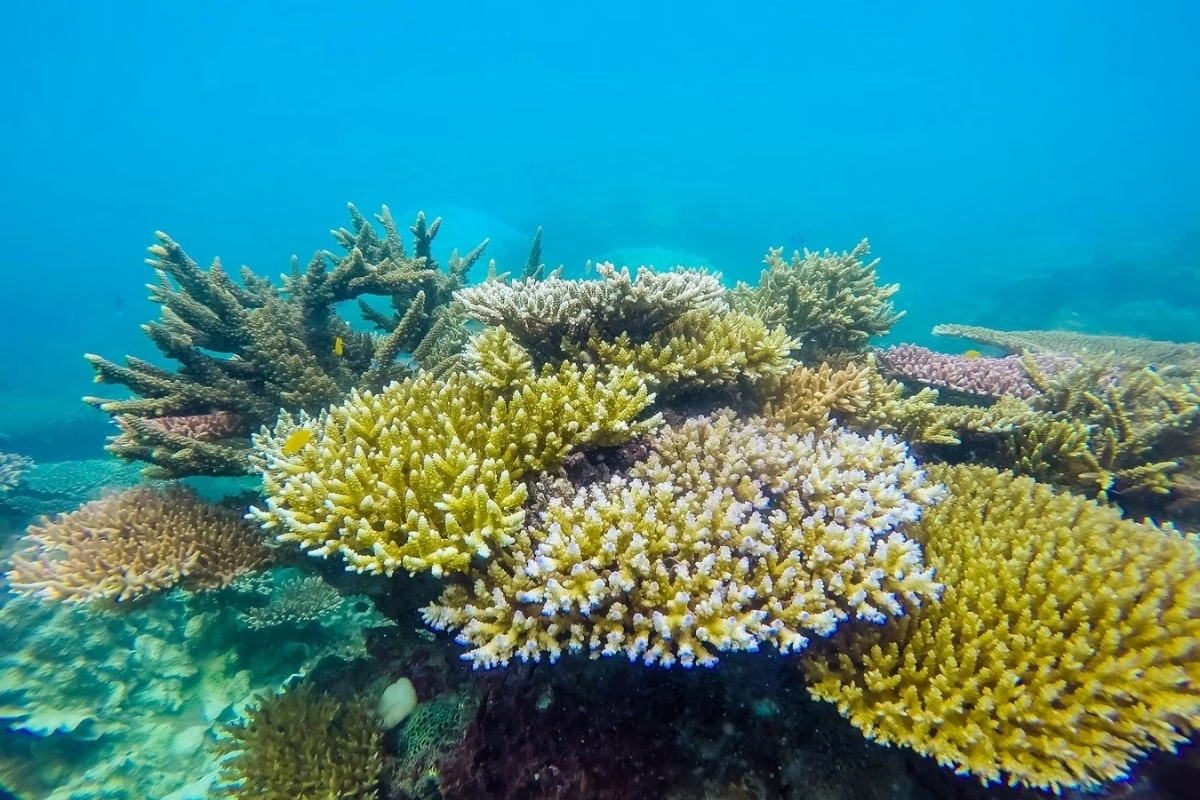
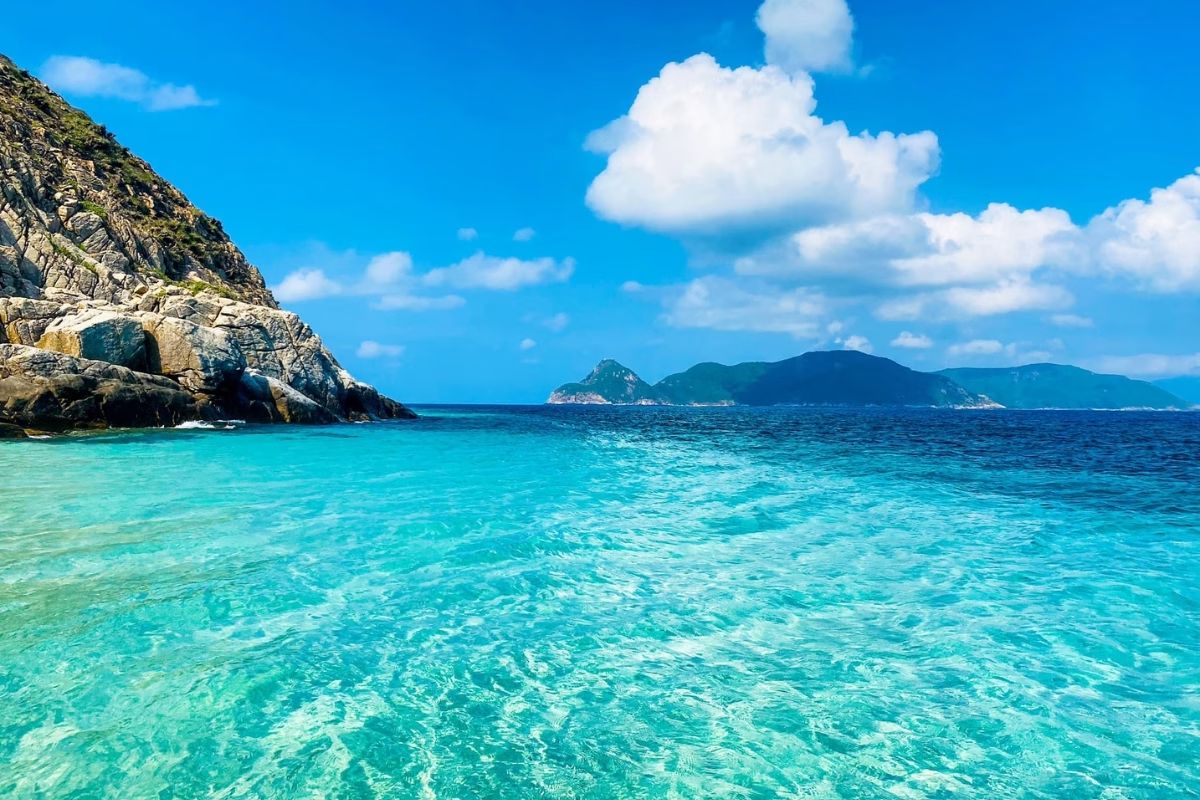
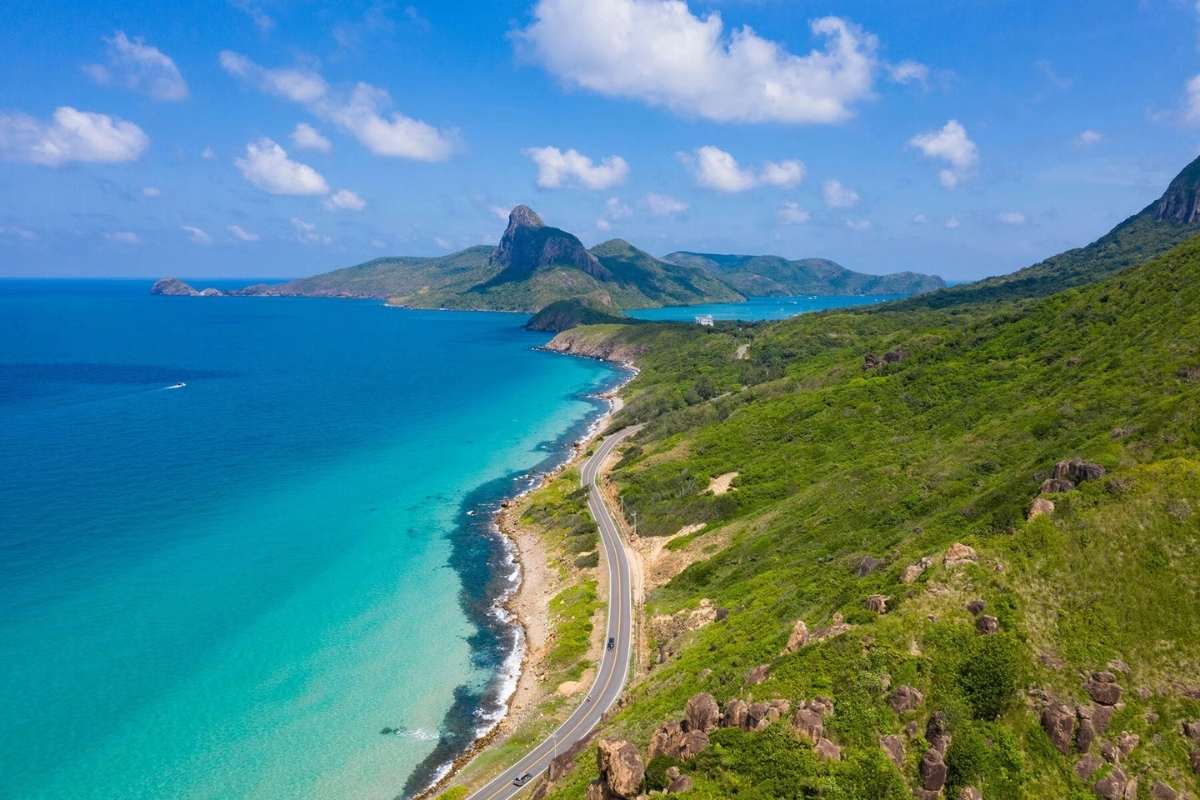
Tips for Photograph不同于: Shoot in the afternoon for warm, golden light that enhances the sea and forest. High-angle shots from lookout points capture Con Dao’s wild, untouched beauty.
Phong Nha – Ke Bang: Wonders of Caves and Valleys
Majestic Nature Below and Above Ground
Phong Nha – Ke Bang National Park, a UNESCO World Heritage Site, is a treasure for unique nature shots. Son Doong Cave, the world’s largest, offers awe-inspiring scenes with shimmering stalactites and underground rivers, best photographed in the morning when light streams through cave openings. Bong Lai Valley, with its lush meadows and limestone peaks, is perfect for morning shots when mist clings to the mountains.
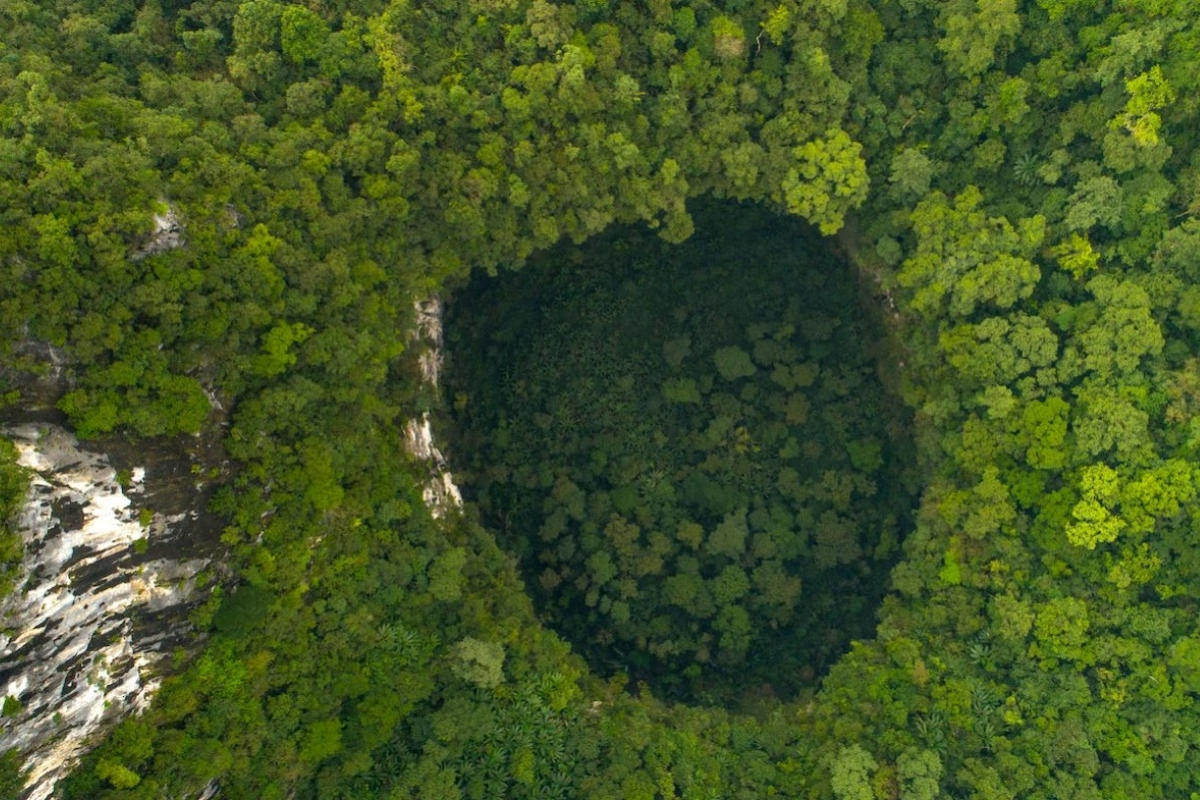

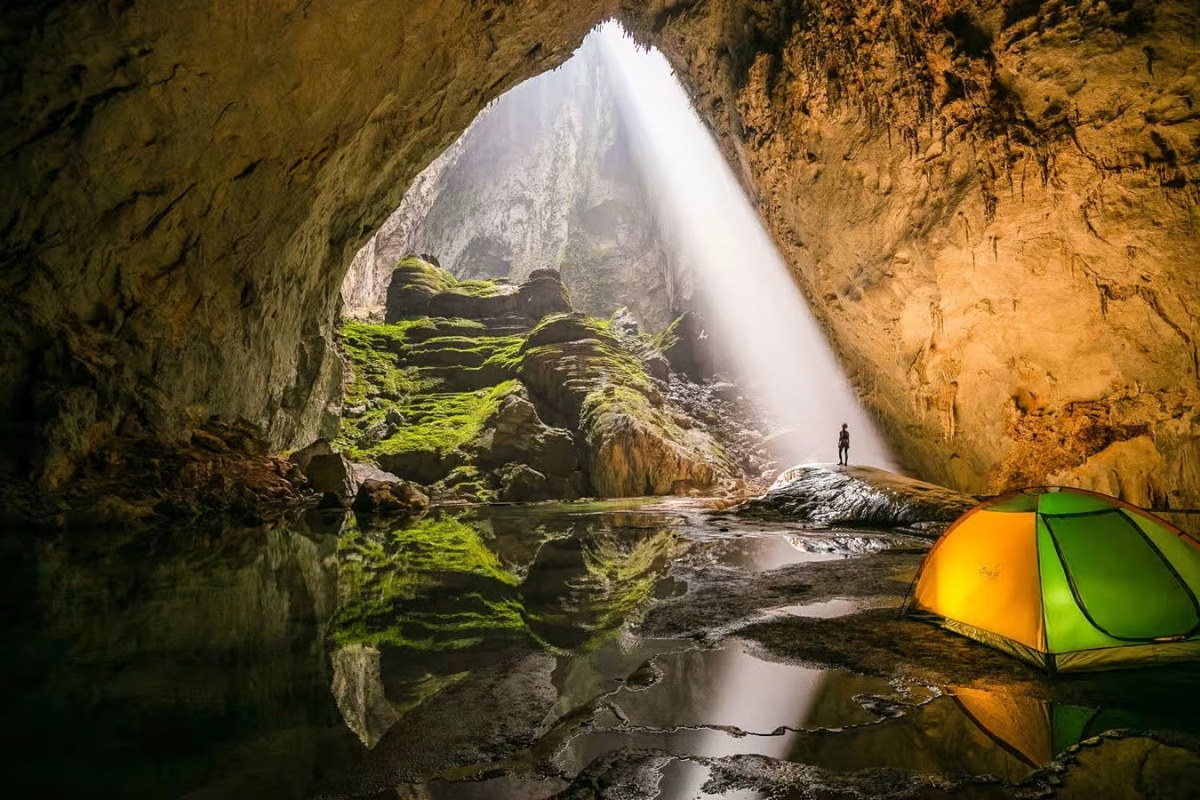

Tips for Photographing: Shoot early in the morning to capture natural light piercing the caves. Low-angle shots highlight stalactites or valley grasses, adding depth to your photos.
General Tips for Photographing Vietnam’s Nature
Harness Light and Weather
Natural light is key in travel photography. Sunrise and sunset provide warm, golden hues for vibrant photos. Mist in Da Lat, clouds in Ha Giang, or tropical sunlight in Phu Quoc add depth, so check the weather to pick the perfect moment. Light rain can create unique effects, like glistening water droplets on plants.
Tell a Story Through Photos
Each photo should tell a story. In Da Lat, capture the mist over tea hills. In Ha Giang, include a local child’s smile amid buckwheat fields. In Phu Quoc, show waves lapping the shore. Blend nature with human elements to highlight cultural tourism and the vibrancy of Vietnam tourism.
Plan Your Photography Journey
Best Times for Photography
Da Lat is stunning from November to April, with blooming flowers and misty mornings. Ha Giang shines from September to November, when buckwheat flowers blanket the hills. Phu Quoc and Con Dao are ideal from November to April for clear seas and sunny skies. Phong Nha – Ke Bang is best from February to August, with dry weather for cave exploration.
Getting There and Where to Stay
Da Lat is accessible from Ho Chi Minh City by bus or flight (Lien Khuong Airport). Ha Giang is a 6-7 hour bus ride from Hanoi. Phu Quoc and Con Dao have flights from Ho Chi Minh City or Hanoi. Phong Nha – Ke Bang is reached from Dong Hoi, Quang Binh. Homestays like La Nha (Da Lat) or Lung Cam (Ha Giang) offer cozy, nature-inspired stays. Visit daizytravelvietnam.com for trip inspiration.
Practical Tips
Check the weather before your trip and bring a light raincoat. Respect local culture when photographing people, asking permission for close-ups. Spend 3-4 days at each destination to explore and capture its essence.
Start Your Journey
Vietnam’s landscapes are an endless well of inspiration for travel photography, from Da Lat’s tea hills to Ha Giang’s stone plateaus, Phu Quoc’s beaches, and Phong Nha’s caves. With simple tips, you can capture the beauty of Vietnam tourism in every frame. Plan your adventure today to freeze these natural wonders in time!
Daisy Land Travel Viet Nam (DLT)
- 🏢 Head Office: No. 11, Alley 55, Linh Quang Alley, Van Chuong Ward, Dong Da District, Hanoi, Vietnam
- 📞 Phone/ Whatsapp/ Viber: (+84)931307887 / (+84)368020960
- 📧 Email: booking.daisylandtravelvietnam@gmail.com
Khám phá thêm từ Daisy Land Travel Viet Nam
Đăng ký để nhận các bài đăng mới nhất được gửi đến email của bạn.

